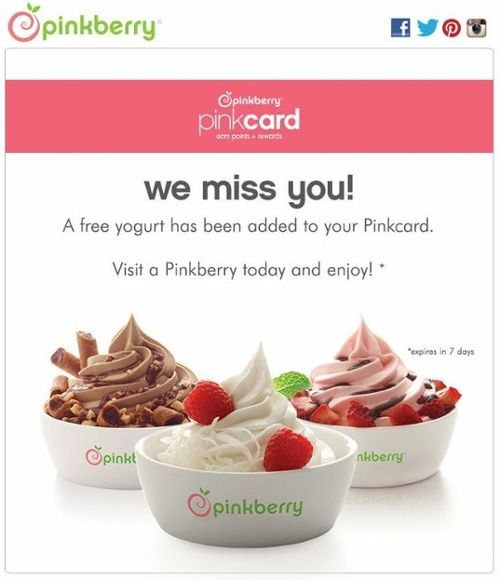What do I mean when I say, “Put your networking on steroids”?
Well, think about this: when you attend a networking event, do you expect to come home with a ton of new orders or contracts in your suitcase?
Probably not.
I just returned from a conference in Chicago where my colleague, Michelle Hummel from Web Strategy Plus, had a booth. Between the two of us, we must have chatted it up with at least 200 business owners over the two days of the event.
While Michelle was on the floor I was at the booth – and vice versa.
WE HAD NO PLANS TO COME BACK TO CINCINNATI WITH A REAM OF SIGNED CONTRACTS.
We came home with none. We were not there to make sales.
Michelle and I are both seasoned business owners, and we know first-hand that networking is how to make a powerful first connection with our potential clients.
Instead of contracts, we came home with a list of prospects that need our services and will remember us, especially because we took a genuine interest in their businesses and because of how we described our services.
Know. Like. Trust.
You already know that people buy from people – and they must know, like, and trust you before they feel comfortable to buy.
Moreover, you know it can take time and nurturing to win your ideal customers. That’s where online marketing is an incredible tool.
Michelle likes to use this saying, which elegantly describes the power of marketing, particularly online marketing:
Put Your Networking On Steroids – Add Online Marketing
Sometimes businesses don’t immediately understand the role of online marketing in their quest to increase sales.
In my previous life in advertising, I learned that ideal prospects must be exposed to a marketing message at least seven times before they take steps to buy.
In-person networking is only one touchpoint in the process. Each touchpoint builds on the others. Companies that use every touchpoint combined with a consistent, clear, and focused marketing message, are the ones that are winning.
Online Marketing Touchpoints To Nurture Your Ideal Prospects
Check off the digital tactics you are using right now to support your in-person networking. Is anything missing?
- Email Newsletters
- Emailed Blogs
- Social Media Posts
- Social Media Engagement
- Invitations To Live Events
- Invitations To Webinars
- Links To Your Website
You will feel a lift in sales when you add more touchpoints to your strategy.
And, just as important as your tactics is the messaging you use – make sure it’s consistent, clear, and focused on the needs of your ideal customers. That’s networking on steroids!
So, next time when you’re at a networking event, think of it as just one touchpoint in your overall strategy to win your ideal customers. Then use online marketing to increase your exposure.
Online Marketing Is Networking On Steroids Working For You 24 hours a day, seven days a week, 365 days a year.
Got something to say? Leave a comment below.
ABOUT WNFP
Westchester Networking for Professionals (WNFP) is a business organization focused on providing our members and guests with an extraordinary networking experience, bringing business professionals together for the sole purpose of generating new relationships and developing new business opportunities. Not a member, learn how you can become a member and join this awesome group of professionals to connect and grow your business.
Stay Connected with WNFP!

















